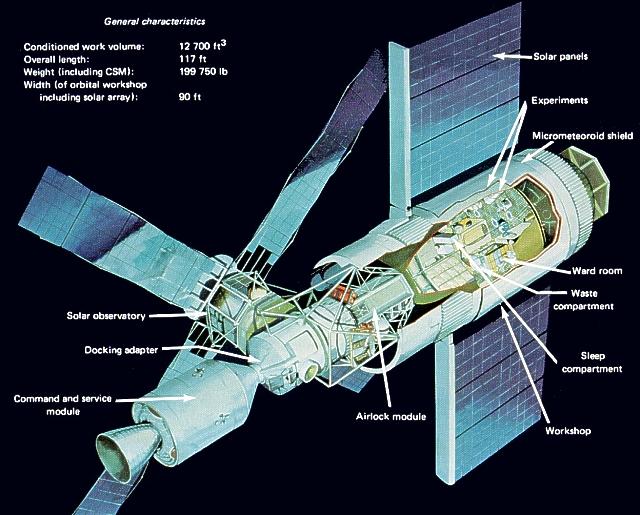While the world greeted Jules Verne’s 1865 book De la Terre à la Lune (translated in 1873 as From the Earth to the Moon) with acclaim and wonder, it was hardly the first fictional speculation about a voyage to our nearest cosmic neighbor. The Greek satirist Lucian had written about such a flight as early as the second century C.E. and the moon, our constant companion, has always been an object of intense fascination.
Its reflected silvery glow bathes the Earth with romance and mystery. Its changing face, as it travels through its monthly cycle, has always commanded our attention, as have its peculiarly human qualities: Unlike the stars, it is pocked, mottled, imperfect. Almost all cultures at all times have seen some sort of face or figure in the features of the moon. Only rather recently have we realized just how important the moon has been in the evolution of our planet. The sun is so intensely brilliant that to gaze at it is to go blind. But the moon, coincidentally the same size in the sky as the sun, shines with harmless reflected light that invites us to gaze and gaze—to become lunatics.
Its reflected silvery glow bathes the Earth with romance and mystery. Its changing face, as it travels through its monthly cycle, has always commanded our attention, as have its peculiarly human qualities: Unlike the stars, it is pocked, mottled, imperfect. Almost all cultures at all times have seen some sort of face or figure in the features of the moon. Only rather recently have we realized just how important the moon has been in the evolution of our planet. The sun is so intensely brilliant that to gaze at it is to go blind. But the moon, coincidentally the same size in the sky as the sun, shines with harmless reflected light that invites us to gaze and gaze—to become lunatics.



